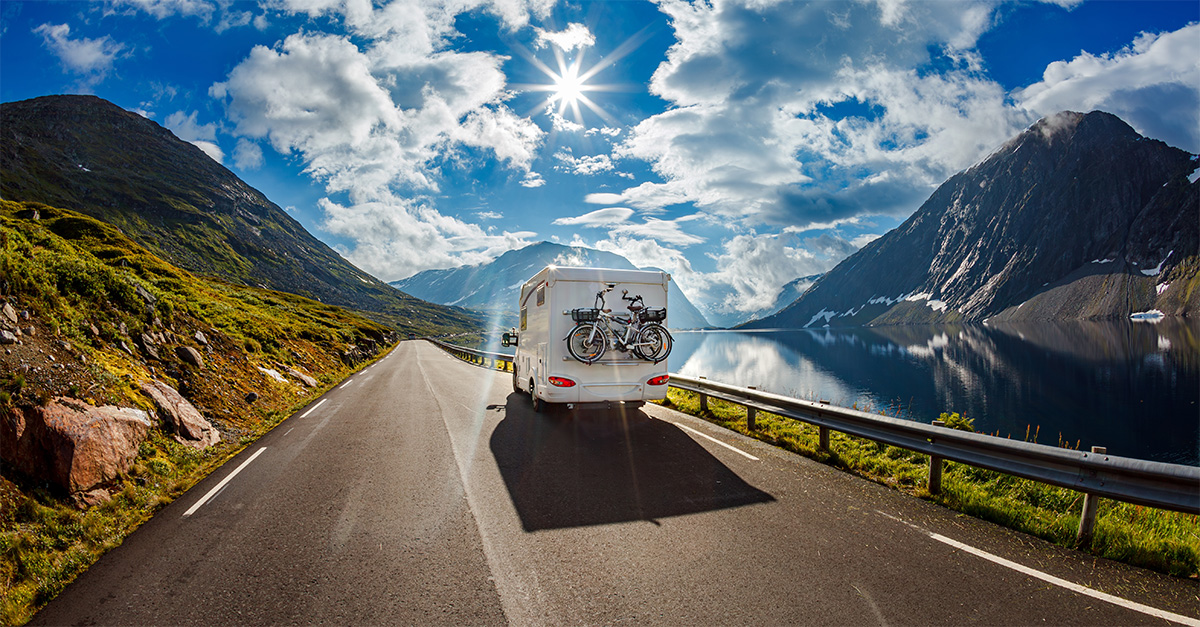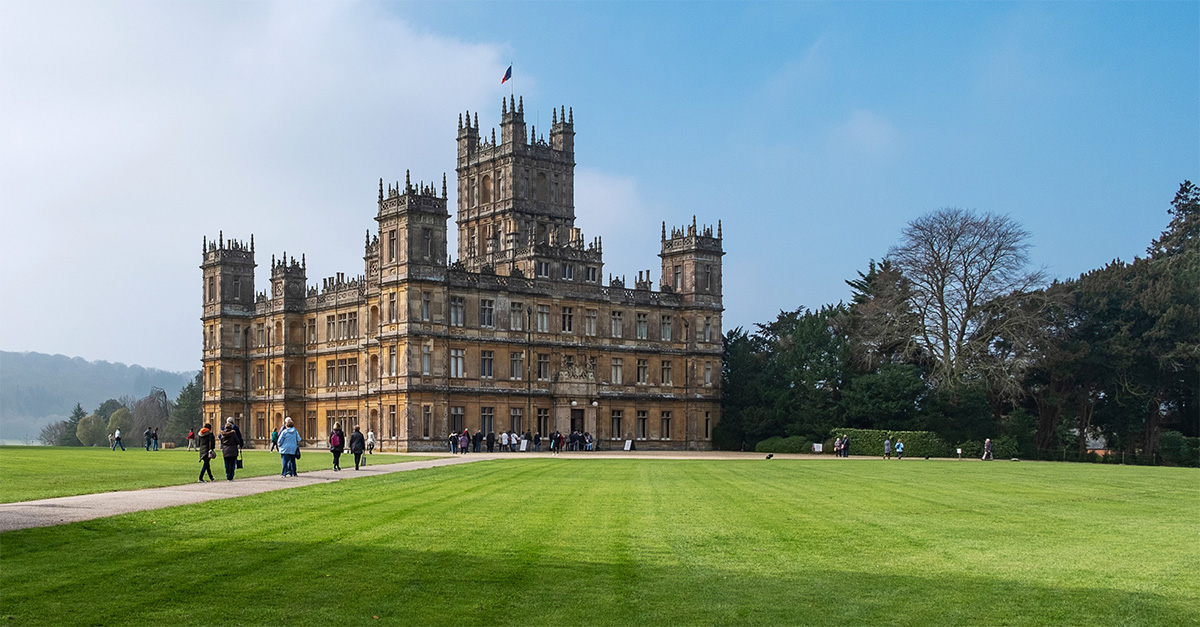Image credit: Cox & Kings
Africa’s awe-inspiring landmarks are as big an attraction as its animals, says Katie McGonagle
Like this and want more details? Click here to download and save as a PDF.
You’ve heard of the big five, but what about the monster ten?
Africa’s wildlife is justifiably world-renowned, but those aren’t the only natural assets this vast and varied continent has going for it.
Sweeping mountain ranges, winding waterways, thundering falls and towering sand dunes make up some of the most impressive sights you will ever lay eyes on. And now these landmarks, helped along by high-profile stunts like the 2009 celebrity Kilimanjaro climb, are moving up the holiday wishlist.
Here, we look at a handful of the most magnificent spectacles and show how easy it is to integrate them into an itinerary.
1 AVENUE OF THE BAOBABS, MADAGASCAR
The iconic baobab is known as the ‘tree of life’ for good reason: as well as its myriad practical uses offering shelter, food and materials, it has acquired a cultural significance across Africa. Madagascar, the island off the east coast of Africa, is home to six of the eight species found worldwide, and boasts the baobab as its national tree.
There’s nowhere better to understand their importance than the magnificent baobab-lined road between Morondova and Belon’i Tsiribihina, where the ancient 30m-tall trees make an excellent addendum to classic wildlife-focused itineraries.
2 SOSSUSVLEI, NAMIBIA
Some landmarks are made to be photographed, and anyone with an eye for an image would be hard-pressed to find a better subject than the glorious orange-red sand dunes of this enormous salt and clay pan. It’s easy to reach on a self-drive, but lodges within the Namib-Naukluft Park also offer excursions.
Cox & Kings’ recommendations include private lodges within the Kulala Wilderness Reserve closest to Sossusvlei, such as Little Kulala or Kulala Desert Lodge, or the pristine environment of Sossusvlei Desert Lodge, about an hour’s drive south of the dunes.
3 MOUNT KILIMANJARO, TANZANIA
At 5,895m, Mount Kilimanjaro is the highest peak in Africa, but it’s actually relatively accessible. Perhaps that’s why the number of climbers annually has almost doubled from 28,000 in 2003 to 52,000 last year.
There are six routes to the summit: operators such as G Adventures and Intrepid Travel favour the quicker and more scenic Marangu and Machame treks, but they can be busier and offer less time to acclimatise, so the likes of Explore and Exodus prefer the Lemosho and Rongai routes, taken by only 10% of Kilimanjaro climbers.
4 OKAVANGO DELTA, BOTSWANA
There can be few better ways to combine classic safari with the beauty of nature than the world’s largest inland delta, formed by tectonic activity that diverted water through its mass of reed-lined channels.
The usual game drives or bush walks are available, but most visitors opt to glide through its intricate waterways on a traditional mokoro canoe to spot big game such as hippo, warthog, elephant, buffalo, lion, giraffe and antelope, plus rare birds and plentiful plant life.

5 TABLE MOUNTAIN, SOUTH AFRICA
No visit to Cape Town would be complete without a trip to the top of Table Mountain. Take the adventurous route – the hike up Plattenklip Gorge takes less than two hours – or enjoy the gentler alternative of a scenic cable car ride.
Either way, visitors are rewarded with resplendent views across the city centre, suburbs, beaches and Robben Island, plus the chance to see diverse flora.
6 VICTORIA FALLS, ZAMBIA/ZIMBABWE BORDER
The local Kololo tribe’s name for this natural wonder – Mosi-oa-Tunya, or ‘the smoke that thunders’ – says everything you need to know. Spray clouds create rainbows high above this giant waterfall. At one and a quarter miles wide it’s the largest sheet of falling water in the world, and twice the height of Niagara Falls, with water plummeting 100m into the gorge below.
The falls are at their most dramatic during rainy season, December-March, although visitors may find they get a clearer view – albeit slightly less exciting – during the dry season as there is less spray.
7 MOUNT KENYA, KENYA
Long overshadowed by Kilimanjaro, Mount Kenya – a glacier-carved dormant volcano with twin peaks of 5,199m and 5,188m – is garnering a reputation as quieter and more challenging than its neighbour.
Trekkers can make it to the 4,985m-high Point Lenana – the goal for most escorted tours – for outstanding views across the national park. The climb gives a first-hand feel for how the vegetation changes as you ascend: grassy lowlands give way to fertile volcanic soils growing coffee, tea and bananas, then forest hiding large animals including antelope, elephant and zebra, followed by the Afro-alpine zone where plant species like giant lobelias have adapted to the colder climate.
8 LAKE MALAWI, MALAWI/MOZAMBIQUE/TANZANIA BORDER
With an area of 11,400 square miles, the same size as Belgium, this tropical lake dips below sea level and has more species of fish than any other freshwater body.Typically a place to relax after an action-packed safari – South Luangwa in neighbouring Zambia is a popular partner – the lake
offers quiet beaches, boat cruises and snorkelling to see its brightly coloured fish. Accommodation varies from value-focused cottages and lodges dotted along its southern shores, to luxurious fly-in lodges on Likoma Island and the nearby mainland.
9 SIMIEN MOUNTAINS, ETHIOPIA
If it looks like this list has already covered the best mountains in Africa, think again – millions of years of erosion have created a spectacular Unesco World Heritage-listed landscape with towering jagged peaks and sharp precipices dropping 1,500m down sheer cliff-faces into deep gorges. The park is also home to the rare gelada baboon, Ethiopian wolf and walia ibex.
Dedicated mountaineers can conquer the peaks. Exodus has a trekking trip with several ascents including 4,543m-high Ras Dashen, while Intrepid Travel spends three days exploring the region. But many escorted tours prefer gentler alternatives, such as the half-day hike on G Adventures’ Highlights of Ethiopia.
10 DAMARALAND, NAMIBIA
It’s impossible to name one feature that makes the untamed region of Damaraland special, but the whole is far greater than its parts. Rocky outcrops such as the Brandberg Massif, Twyfelfontein and Spitzkoppe rise from pancake-flat plains, and also hide prehistoric rock paintings such as the famous White Lady.
Then there’s the petrified forest – 200-million-year-old trees swept into the desert by flood and fossilised – plus the distinctive volcanic Organ Pipes and fiery hues reflecting off Burnt Mountain at dawn and dusk.




